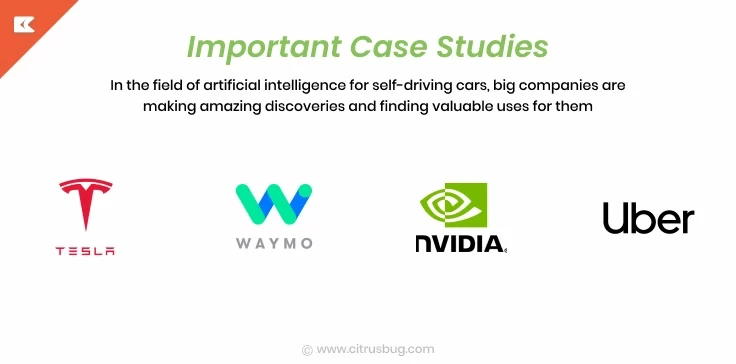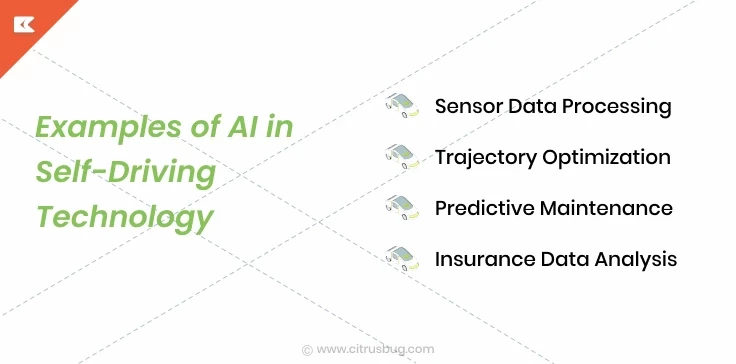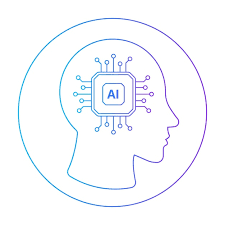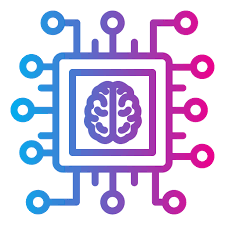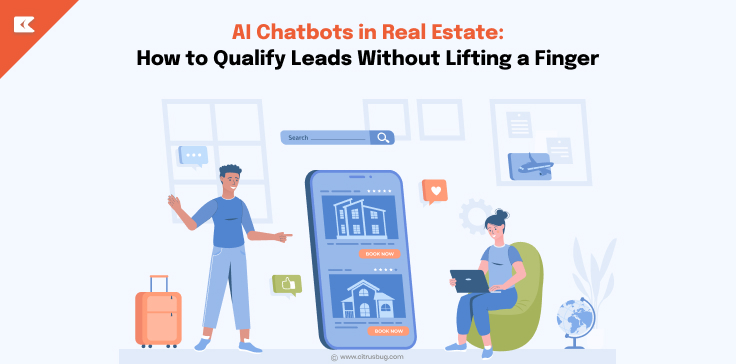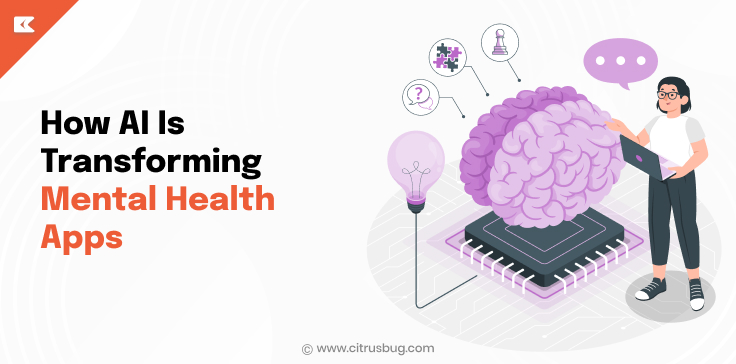Transforming Transportation: The Effect of AI Advancements in Self-Driving Automobiles
- January 31, 2024
-
1708 Views
- by Ishan Vyas
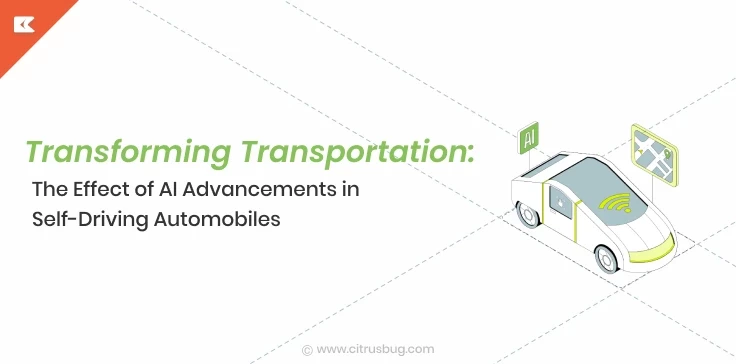
AI through self-driving cars innovation is transforming the automotive industry. These smart cars improve safety and efficiency. Companies developing AI technology are leading this exciting shift, creating products that could revolutionize transportation. Google and NHTSA leaders agree that human error causes 93% of traffic accidents. AI helps reduce these accidents.
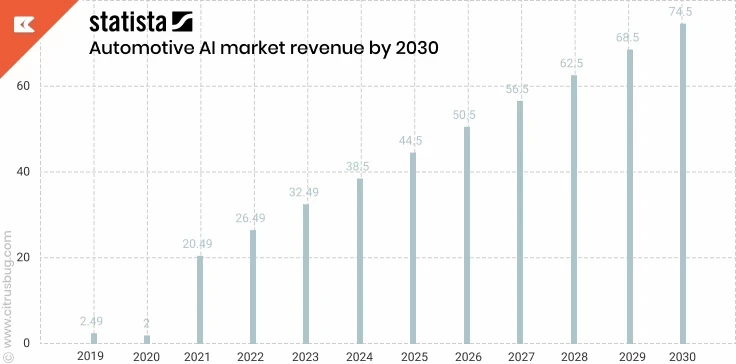
AI has enabled self-driving cars to travel independently and perceive and respond to their environment far more quickly than humans. They handle the massive amount of data they receive every second by utilizing sophisticated sensors, brilliant algorithms, and a process known as machine learning. This guarantees a smooth and safe ride for us. Statista predicts $74.5 billion in automotive AI market revenue by 2030. That is very significant! It demonstrates the extent to which artificial intelligence transforms the automotive industry and the enormous potential for future innovations.
This blog will examine how AI development services companies and alters transportation. Also we will highlight the impact of AI development in self-driving cars.
The Role of AI Development Companies and Services
AI development companies and services are significant to the industry’s journey to become more innovative. Their skill with AI and machine learning algorithms goes beyond just teaching cars to drive themselves; it also includes adding a level of intelligence that makes decisions similar to human decision-making but more consistent and accurate than human ability.
1. Predictive Modeling
Regarding vehicle safety, AI’s ability to predict possible dangers on the road and how people will act on foot is revolutionary. These predictive models can see what might happen by looking at past data and current inputs. They can help self-driving cars make decisions that could stop accidents before they happen. Using AI this way is like giving a car a sixth sense—the ability to see and avoid dangers that a human driver might miss.
2.Sensing and Perception
Self-driving cars use lidar, cameras, radar, and other sensors as eyes and ears. The AI brain interprets all this sensory data. It takes a picture of the whole area around the car, including the speed of oncoming traffic and a person suddenly dashing in front of it. It is essential to have this wide-ranging perception skill because unexpected things often happen in cities.
3. Decision Making
The most crucial thing AI does in self-driving cars is make decisions. AI systems process large amounts of data very quickly. They are adept at making decisions, such as which course of action to take in an emergency. Whether driving usually or in a highly tight situation where every second counts, you have to make decisions quickly; that is where artificial intelligence shines: it can make snap decisions that humans might take longer to consider. Not only is this very useful in an emergency, but it is also an excellent feature for regular driving. Driving is all about being agile and intelligent, and AI helps.
4. Enhanced Connectivity
AI also helps self-driving cars connect to the internet better. This means talking to city infrastructure, getting real-time traffic updates, and easily connecting to other smart devices. This connectivity turns the car into a part of a more extensive, networked system, not just a separate unit. It will make travel safer and more efficient.
Understanding AI Algorithms
AI algorithms are essential for making the intelligence that makes AI services and solutions work. They do more than complicated tasks; they also let systems learn and change over time.
1. Machine Learning (ML)
AI is very flexible because it can learn from history. Thanks to these algorithms, systems can learn from data, spot trends, and make decisions with little help from people. Machine learning (ML) algorithms look at vast amounts of data from sensors and past data to help self-driving cars make better decisions over time. The systems can handle real-life driving situations smarter and more efficiently because they are always learning.
2.Neural Networks
Artificial intelligence relies on neural networks, intelligent algorithms that learn like human brains. They understand complex patterns and conclude. These neural networks are intelligent assistants in self-driving cars. After processing all its senses, including identifying a person or car, the car decides what to do. The vehicle needs this to recognise road conditions and react.
3. Natural Language Processing
NLP helps AI understand and use human speech. The problem of machines not understanding human language is complex. Self-driving cars need NLP for voice commands and chats. It lets us talk to our cars like friends in everyday language. Driving becomes more fun and effortless when it is like chatting with a friend instead of controlling a robot.
Important Case Studies
In the field of artificial intelligence for self-driving cars, big companies are making amazing discoveries and finding valuable uses for them. AI is significantly changing the auto industry, as these case studies show.
1. Tesla
AI development company Tesla is going beyond just adding cutting-edge features to its quest for AI-driven self-driving technology, which changes how cars are brilliant. Tesla’s Autopilot functions akin to an intelligent robotic driver. It operates the car autonomously using AI. Enhanced Summon is a neat feature that makes it easier for the vehicle to locate you in crowded parking lots, for example. Additionally, they are taking things a step further with the Full Self-Driving (FSD) beta programme. The objective is to require no human assistance and have the car drive itself entirely. As a result of learning from all the data collected from Tesla vehicles traveling the globe, their AI keeps improving.
2. Waymo
Waymo is a significant player in autonomous vehicles, having begun as a Google project. With almost no human assistance, its AI is brilliant and uses tools like real-time traffic information and predictive modelling to drive around safely. They even offer a service similar to a taxi, called Waymo One, without a driver. Waymo’s artificial intelligence is particularly adept at complex tasks like navigating through construction zones and deciphering traffic police officers’ hand signals.
3. NVIDIA
NVIDIA is known for their self-driving car AI and unique graphics cards. Using cloud computing and AI, their DRIVE platform helps cars make quick, safe decisions. Modern automotive AI requires neural networks and deep learning.
4. Uber
Uber makes city commuting safer and faster with AI and self-driving technology. With AI, Advanced Technologies Group (ATG) predicts bicyclist, pedestrian, and vehicle actions. Making city travel safer and more reliable is the goal. Uber plans to integrate this technology into their ride-sharing service, making it possible to request a self-driving Uber with a phone button.
Examples of AI in Self-Driving Technology
AI in autonomous vehicles is like a complex puzzle with many moving parts that make the vehicle safer, more efficient, and more fun. These smart cars are infinitely smarter, thanks to AI.
1. Sensor Data Processing
Self-driving cars depend on how AI processes sensor data. These ultrasonic detectors, cameras, radar, and LiDAR sensors constantly monitor the vehicle’s surroundings. The car can see thanks to AI, which quickly analyzes all this data, giving the car super senses that outperform human perception in accuracy and dependability. Self-driving vehicles could be safe because they can react to a crossing or unexpected stop.
2. Trajectory Optimization
AI must determine the fastest route between A and B. The vehicle considers traffic, road conditions, and hazards when rerouting. Everyone will ride safer, smoother, and more comfortably. In urban areas with unpredictable traffic, this feature is revolutionary. AI-driven route planning saves fuel, battery, and traffic time, making travel faster and greener.
3. Predictive Maintenance
These cars have fewer breakdowns and a longer lifespan thanks to AI’s ability to predict when an assembly line repair is necessary. AI algorithms can determine when an automobile needs a tune-up or a part swap by monitoring the vehicle’s condition and identifying any parts that may require maintenance. Maintaining the cars in excellent condition and minimizing the amount of time they are out of commission are two benefits of staying ahead of repairs. This implies that owners of large fleets of these vehicles can depend more on them to run their businesses efficiently.
4. Insurance Data Analysis
Artificial intelligence is an essential part of the insurance business. It looks at vehicle data logs to help with accident investigations and processing claims. AI can piece together what happened before an accident, giving a fair view that can be very important when figuring out who is responsible. This feature speeds up the insurance process and elevates the fairness and openness of claims handling. For accident investigations and insurance claims, sensor data snapshots will be crucial for post-event analysis, similar to black box data in aviation.
Conclusion
Undoubtedly, AI development companies and services will significantly affect how self-driving cars improve in the future. The auto industry is about to undergo incredible changes because of increased demand and ongoing progress in artificial intelligence. Besides making things safer and more efficient, artificial intelligence has much potential for making transportation intelligent, easy to use, and environmentally friendly.
Future AI researchers, automakers, and government officials must work together to develop self-driving cars. Creating a fully autonomous transportation system is exciting but challenging. This major shift is undoubtedly due to AI.
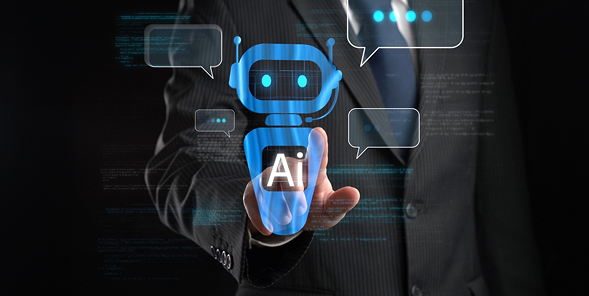
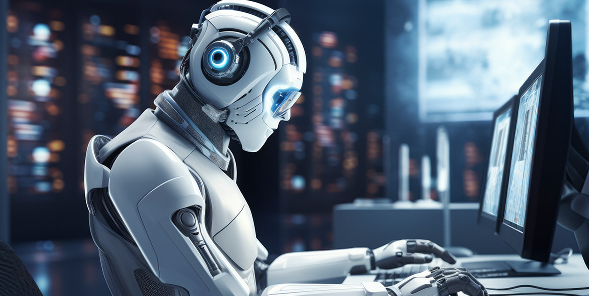

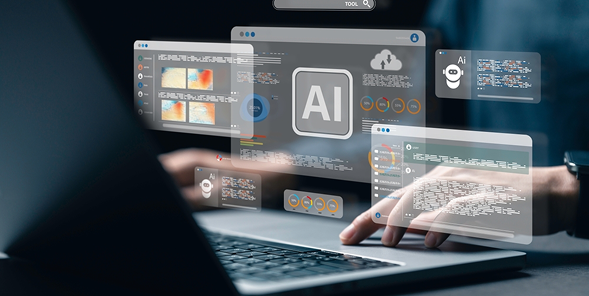

 SaaS Development
SaaS Development Web Application Development
Web Application Development Mobile Application Development
Mobile Application Development Custom Software Development
Custom Software Development Cloud Development
Cloud Development DevOps Development
DevOps Development MVP Development
MVP Development Digital Product Development
Digital Product Development Hire Python Developers
Hire Python Developers Hire Django Developers
Hire Django Developers Hire ReactJS Developers
Hire ReactJS Developers Hire AngularJS Developers
Hire AngularJS Developers Hire VueJS Developers
Hire VueJS Developers Hire Full Stack Developers
Hire Full Stack Developers Hire Back End Developers
Hire Back End Developers Hire Front End Developers
Hire Front End Developers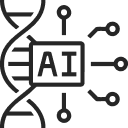 AI Healthcare Software Development & Consulting
AI Healthcare Software Development & Consulting Healthcare App Development
Healthcare App Development EHR Software Development
EHR Software Development Healthcare AI Chatbot Development
Healthcare AI Chatbot Development Telemedicine App Development Company
Telemedicine App Development Company Medical Billing Software Development
Medical Billing Software Development Fitness App Development
Fitness App Development RPM Software Development
RPM Software Development Medical Device Software Development
Medical Device Software Development Patient Engagement Software Solutions
Patient Engagement Software Solutions Healthcare IT Consulting
Healthcare IT Consulting Mental Health App Development
Mental Health App Development Lending Software Development Services
Lending Software Development Services Payment Gateway Software Development
Payment Gateway Software Development Accounting Software Development
Accounting Software Development Mobile Banking Software Development
Mobile Banking Software Development Supply Chain Management Software Development
Supply Chain Management Software Development Fleet Management Software Development
Fleet Management Software Development Warehouse Management Software Development
Warehouse Management Software Development LMS Development
LMS Development Education App Development
Education App Development Inventory Management Software Development
Inventory Management Software Development Property Management Software Development
Property Management Software Development Real Estate CRM Software Development
Real Estate CRM Software Development Real Estate Document Management Software
Real Estate Document Management Software Construction App Development
Construction App Development Construction ERP Software Development
Construction ERP Software Development




